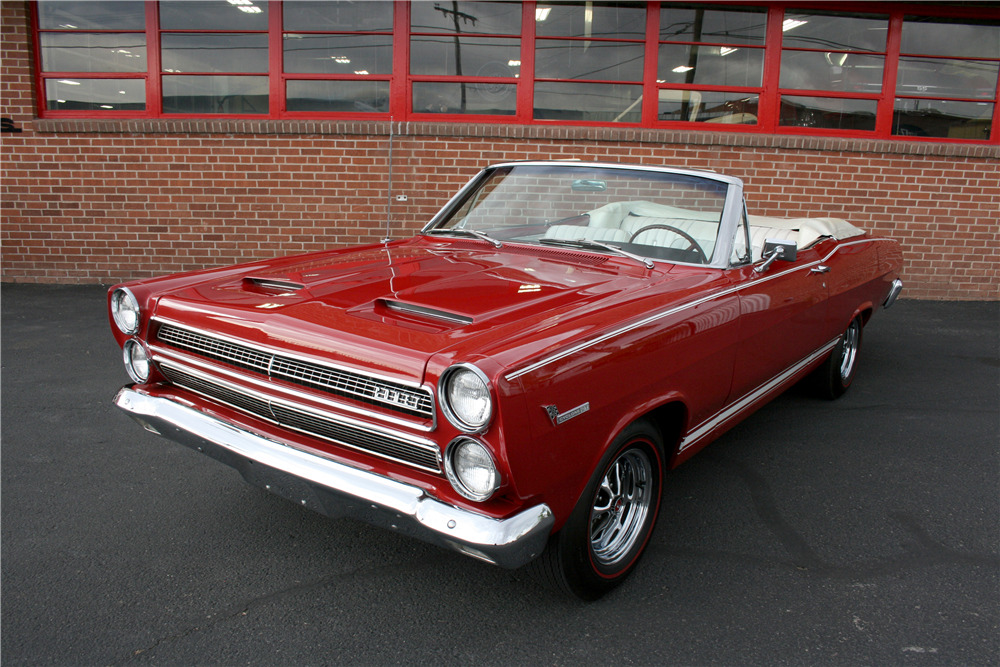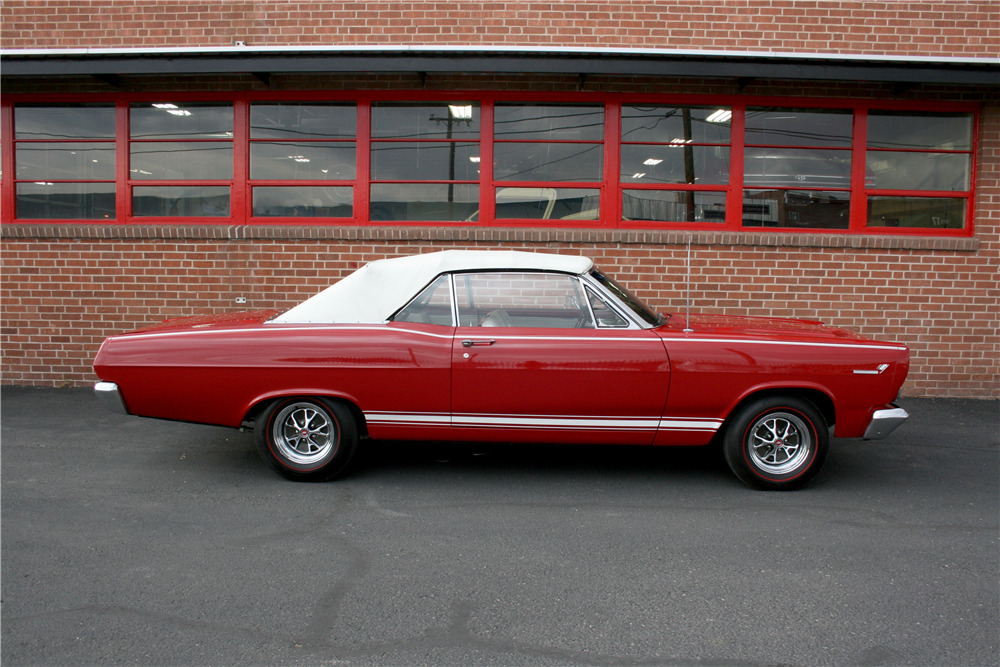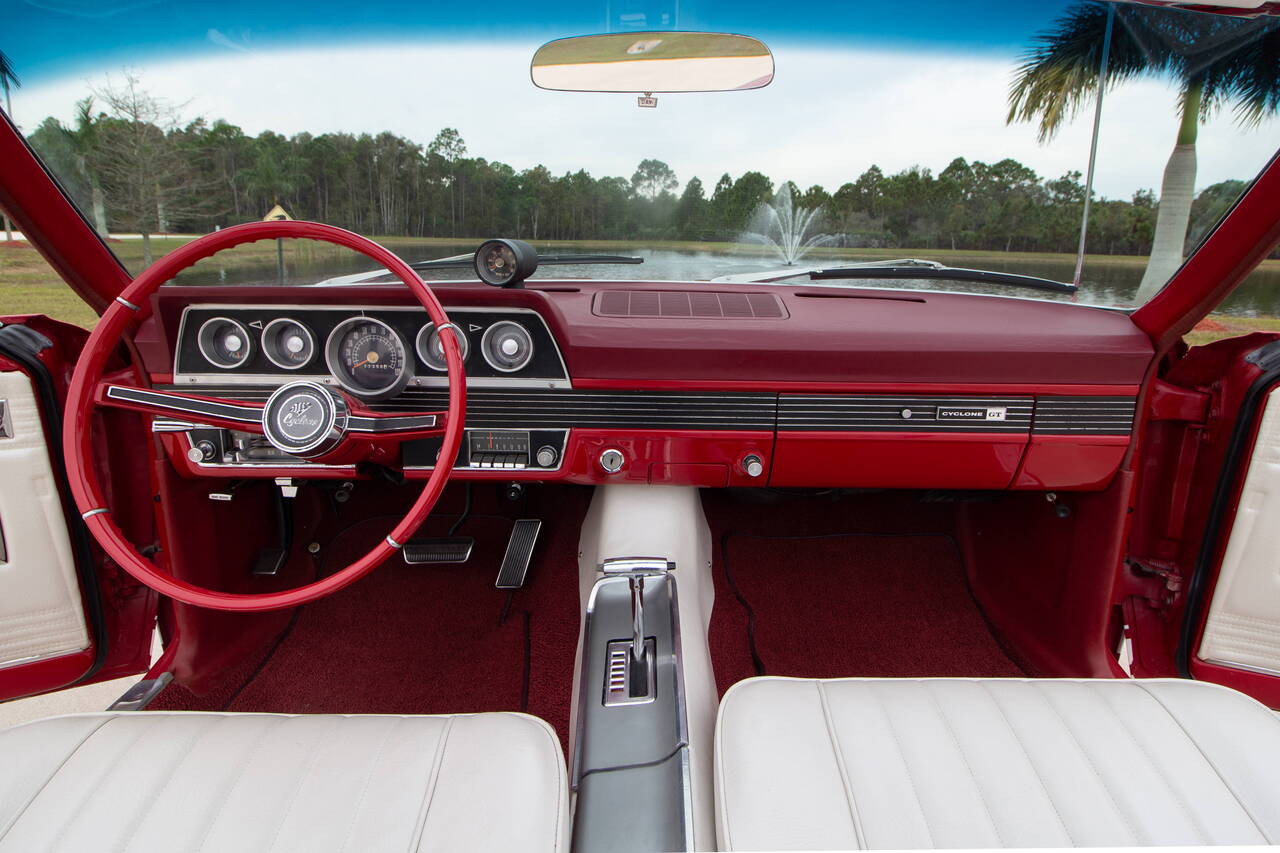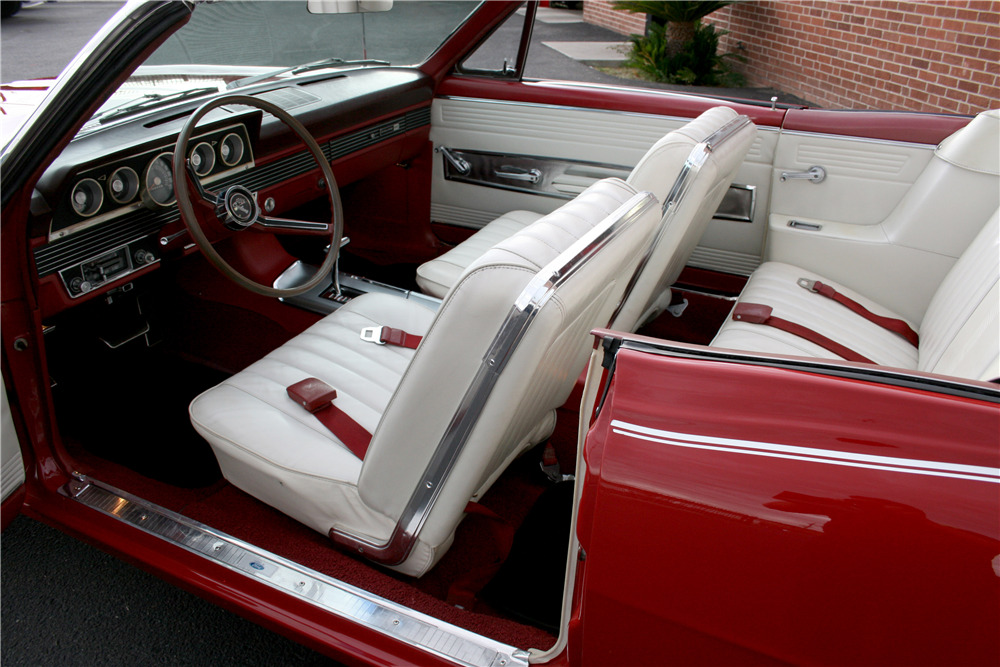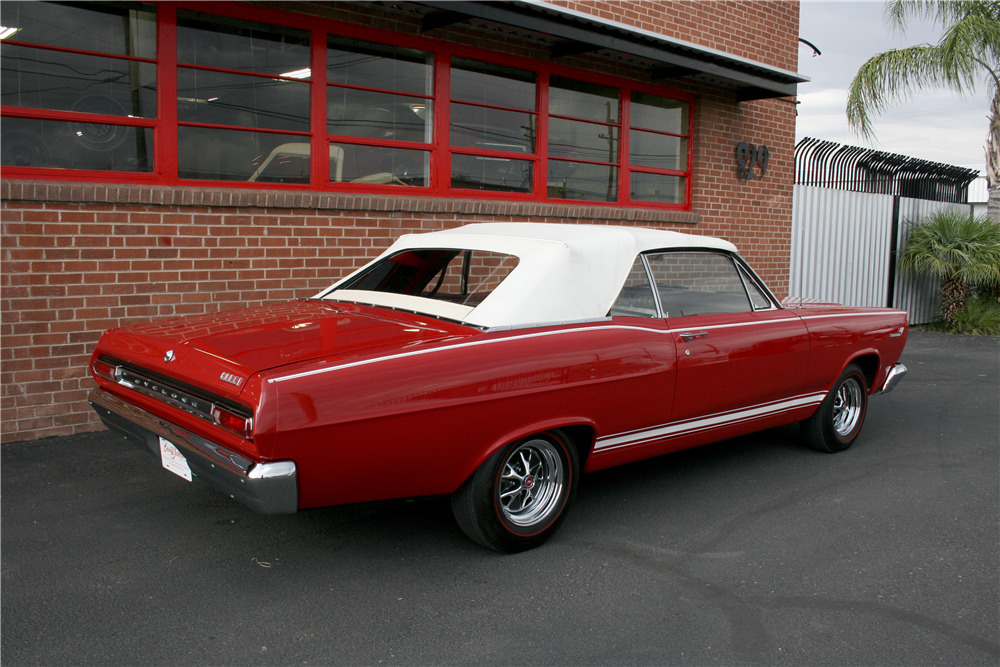Introduced in 1970, the Dodge Challenger moved 76,935 units in its first model year on the market, an impressive figure for the packed muscle car era. This number also makes the 1970 Challenger rather common, but the nameplate also spawned a few rare iterations.

The six-cylinder cars are particularly rare in SE and convertible form, with fewer than 400 built that year. The R/T drop-top is also scarce at 692 units. But it's the HEMI version most enthusiasts are after. Not only powered by the super awesome 426-cubic-inch (7.0-liter) V8 rated at 425 horsepower, it's also a rare bird with 356 examples built.
And the figure drops even more if we narrow it down to body styles and trim. While the hardtop saw daylight in 287 units, Dodge built only 60 cars with the SE package and just nine convertibles.

And because many enthusiasts can't afford to buy a real Challenger HEMI, there are quite a few copies out there. The Plum Crazy purple example you see here is one of them, and it looks shockingly authentic.
Sure, gearheads wouldn't take long to spot a fake but this Challenger comes with all the goodies, including correct R/T stripes on the sides, "426 HEMI" on the hood, hold-down pins, and an "R/T" emblem on the trunk lid. And it's not just about the looks.

This Challenger also rocks a 426 HEMI V8 engine and a 727 automatic gearbox. It's unclear if the mill is a period-correct block, but it looks the part and includes a few high-performance upgrades.

True mileage is unknown, but the seller says the car was driven for fewer than 10,000 miles (16,093 km) since the restoration. Offered by eBay seller "jak_stanl," the HEMI tribute comes with a $75,000 sticker.






























